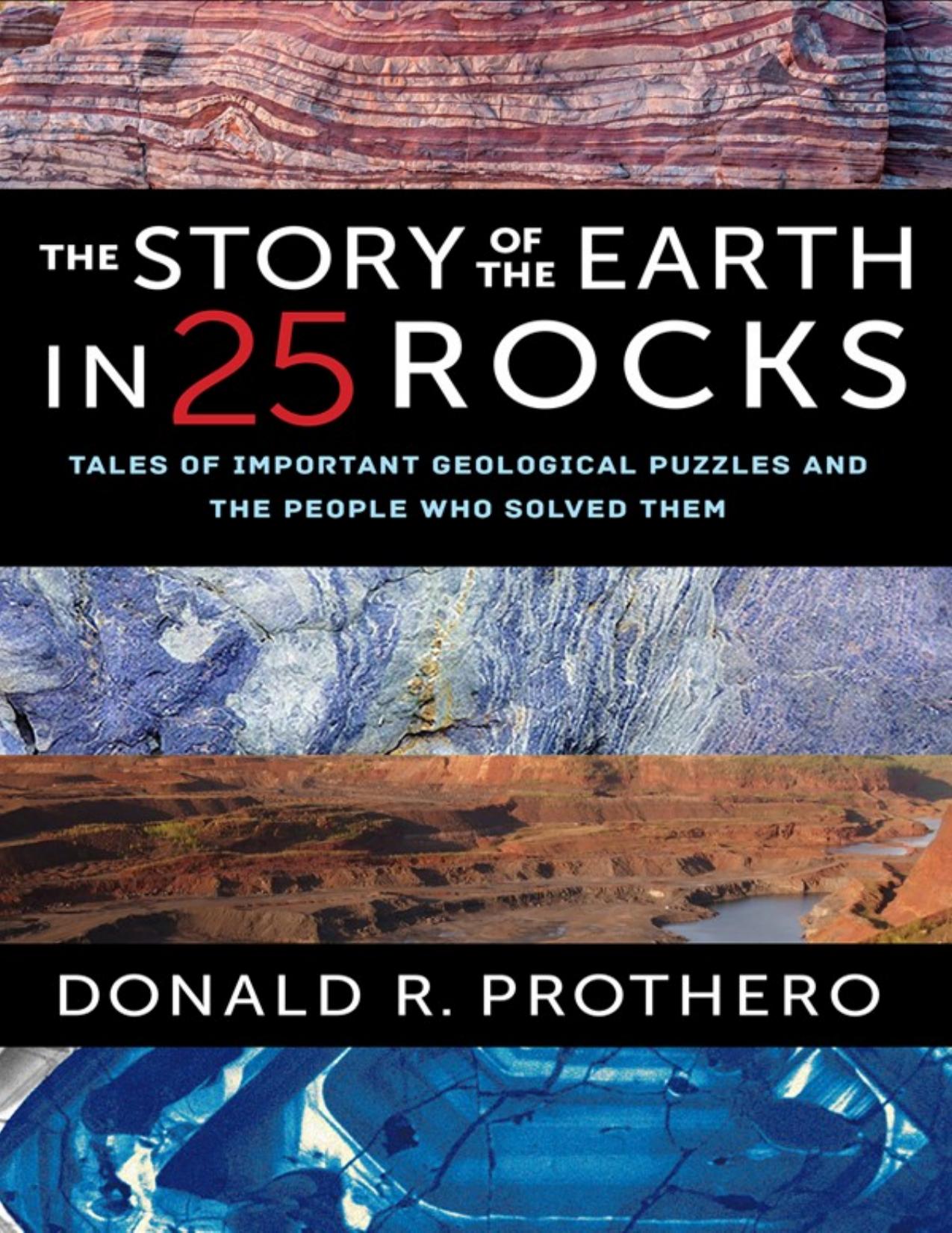The Story of the Earth in 25 Rocks by Donald R. Prothero

Author:Donald R. Prothero
Language: eng
Format: epub, pdf
Tags: SCI031000, Science/Earth Sciences/Geology, SCI034000, Science/History
Publisher: Columbia University Press
Published: 2017-01-01T16:00:00+00:00
Figure 17.3
The large Middle Cambrian “Atlantic province” trilobite Paradoxides davidis. (Courtesy of Wikimedia Commons)
But what was really puzzling was that the trilobites of New Brunswick, eastern Newfoundland, and eastern Massachusetts were more similar to those of Europe than they were to those of nearby New York or Pennsylvania. In fact, back in the 1760s Carolus Linnaeus (1707–1778), the founder of classification himself, had described a fossil from Sweden that is now called Paradoxides paradoxissimus. Linnaeus may not have chosen the name for the paradoxical biogeography (not discovered until much later) but for a different reason. In the 1760s, trilobites were strange fossils that fit into none of the existing groups of animals. (Another trilobite was named Agnostus, because the describer was agnostic about what kind of animal it was.) The spectacular giant species Paradoxides davidis from Manuels River Gorge on the Avalon Peninsula of Newfoundland is the same as the species recovered from the Porth y Rhaw shore of St. Davids in Pembrokeshire, Wales (hence the name davidis). Additional species of this genus had been found and described in France, Germany, the Czech Republic, and Poland in the early 1800s. The name Paradoxides was even European; it was coined by the French paleontologist Alexandre Brongniart in 1822. (He is also famous as the codiscoverer of faunal succession in France, along with Baron Georges Cuvier—see chapter 7.)
As the years went by and the collections increased, other paleontologists further demonstrated that the difference in the “Atlantic” and “Pacific” faunas was still strong in the Ordovician, and only in the Silurian were some similarities between the two marine faunas showing up. But by the Devonian, the differences had vanished completely, and the marine faunas were very similar in both Europe and North America.
What could be the reason for this paradox? Geologists and paleontologists suggested many ideas, but most assumed that there was some sort of deep but narrow ocean and a corresponding sedimentary basin that kept shallow-water trilobites from New York from reaching Massachusetts, or those from western Newfoundland from reaching eastern Newfoundland. It was thought that some time after this deep-marine trough had formed in the Cambrian, it had become narrower and narrower and eventually collapsed, so that by the Devonian it was gone, and there was only shallow water around the region. But this idea didn’t make a lot of sense. Trilobites probably had planktonic larvae that could swim large distances or float in the surface currents, so why didn’t they cross this narrow deep-water trough, as they could clearly float in shallow water from Utah to Quebec, or Massachusetts to Scotland? More to the point, why couldn’t they cross this alleged deep-water barrier between eastern and western Newfoundland, or between New York or Massachusetts, when they could cross the width of the entire Atlantic between Scotland and western Newfoundland, or between Massachusetts and Wales?
The problem remained a puzzle for almost a century. Then, in the late 1950s the earliest pioneers of plate tectonics saw another solution. Farsighted geologists like Arthur
Download
The Story of the Earth in 25 Rocks by Donald R. Prothero.pdf
This site does not store any files on its server. We only index and link to content provided by other sites. Please contact the content providers to delete copyright contents if any and email us, we'll remove relevant links or contents immediately.
Man-made Catastrophes and Risk Information Concealment by Dmitry Chernov & Didier Sornette(5958)
The Revenge of Geography: What the Map Tells Us About Coming Conflicts and the Battle Against Fate by Kaplan Robert D(4052)
Zero Waste Home by Bea Johnson(3808)
COSMOS by Carl Sagan(3592)
Good by S. Walden(3523)
In a Sunburned Country by Bill Bryson(3509)
The Fate of Rome: Climate, Disease, and the End of an Empire (The Princeton History of the Ancient World) by Kyle Harper(3035)
A Wilder Time by William E. Glassley(2837)
Camino Island by John Grisham(2779)
Organic Mushroom Farming and Mycoremediation by Tradd Cotter(2662)
The Ogre by Doug Scott(2659)
Human Dynamics Research in Smart and Connected Communities by Shih-Lung Shaw & Daniel Sui(2479)
Energy Myths and Realities by Vaclav Smil(2464)
The Traveler's Gift by Andy Andrews(2438)
9781803241661-PYTHON FOR ARCGIS PRO by Unknown(2343)
Inside the Middle East by Avi Melamed(2331)
Birds of New Guinea by Pratt Thane K.; Beehler Bruce M.; Anderton John C(2238)
A History of Warfare by John Keegan(2216)
And the Band Played On by Randy Shilts(2169)
